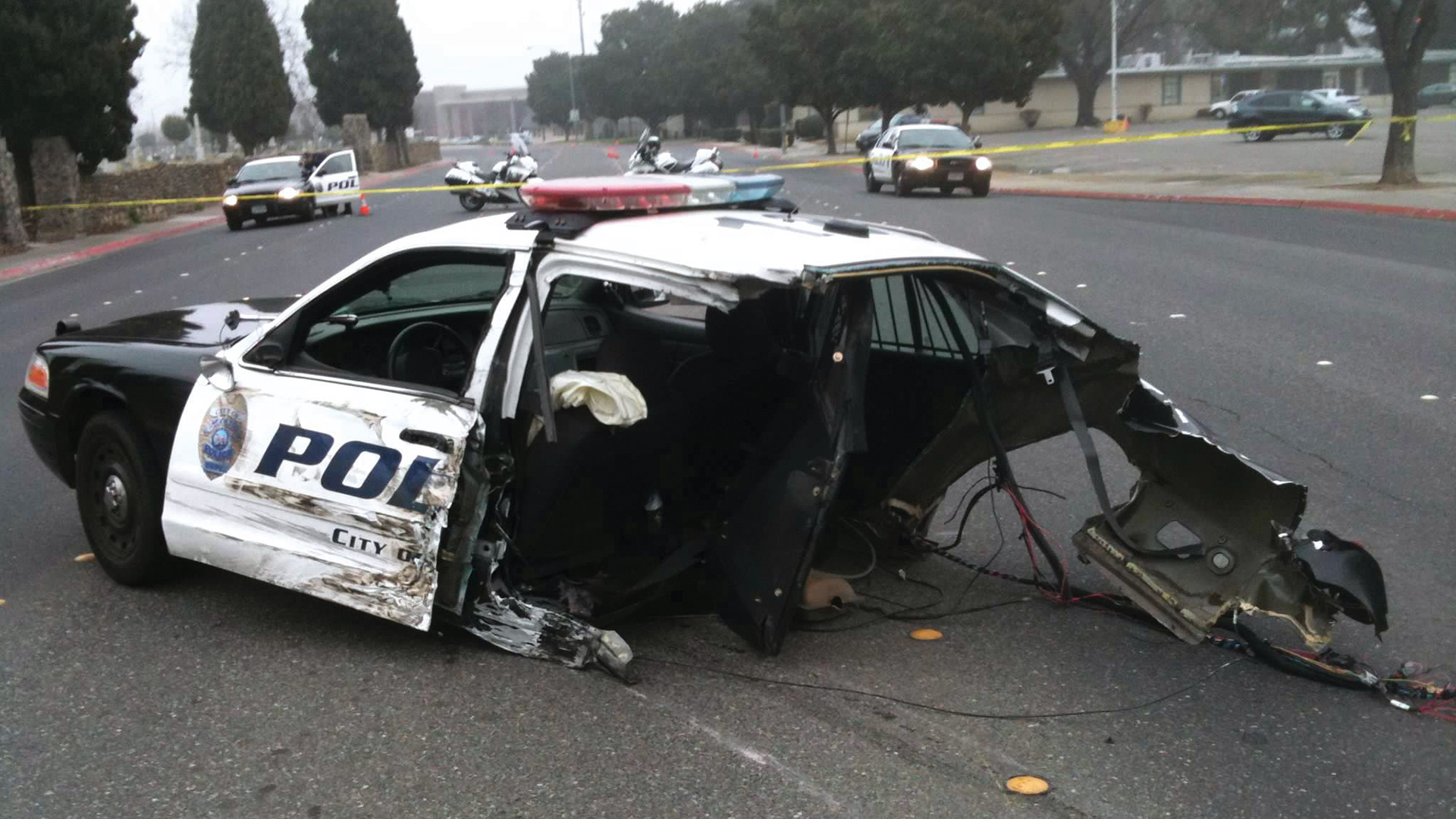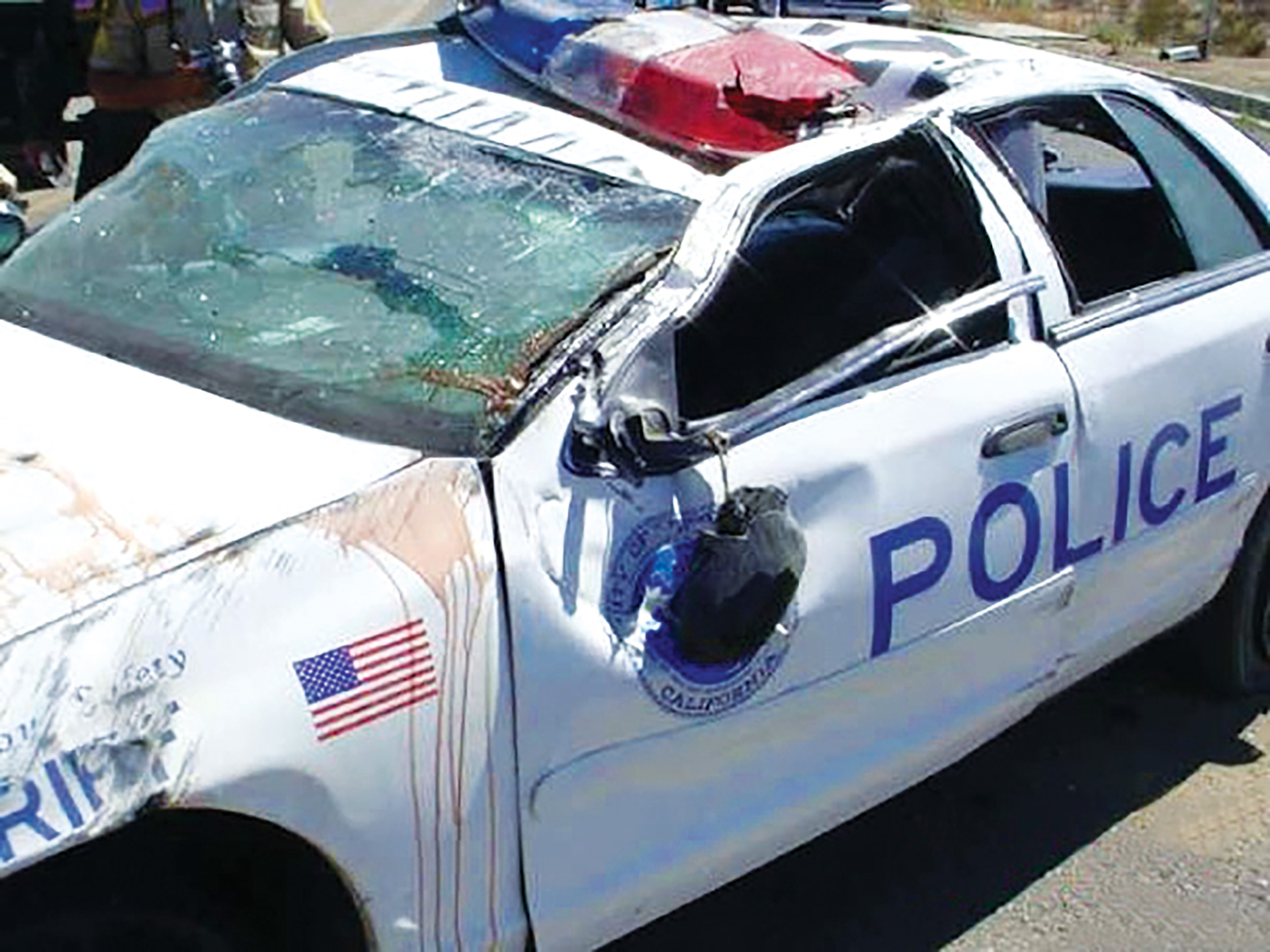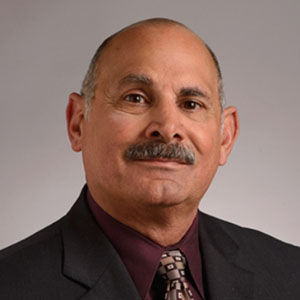
My friend Dave Edmonds (APB contributing editor) and I went through the ranks at the same time, both ending up as captains for large sheriff’s departments in California — him up north and me down south. Then I went on to serve as the executive director of the California Commission on Peace Officer Standards and Training (POST) for five years. During my tenure at POST, we devoted significant resources to the issue of law enforcement driver safety. Our goal was to reduce the number of officer-involved collisions, and we partnered with academia, law enforcement agencies and nonprofit groups. Suffice to say, this topic is a passion for me.
This article started out as a conversation between two retired cops swapping war stories about the “good ole days” driving the police car. We ran the gamut from one funny anecdote to another. We were once young, energetic troops who raced to the calls and drove patrol cars beyond their limits. And then, in an instant, we realized that we both had done some really dangerous things behind the wheel way back when.
Dave said that for his first three years, he was a city cop and drove like an example to all. Then he went to a sheriff’s office and drove as fast as he wanted. You see, when he wore blue, they wrote a lot of traffic citations and it just didn’t feel right penalizing decent, tax-paying citizens for things that he could do with impunity. But when he went to the tan and green, having no traffic enforcement expectations freed him from his conscience. His beat was pretty much his own EVOC course. For example, he knew that on warm summer nights when the air was thin, there’s a slightly downhill section of Highway 101 where a mid-’80s Ford Crown Vic could do 127 mph. He also recalled doing a totally out-of-control four-wheel side skid into a gang fight that was so crazy that all the combatants literally froze in place and stared at him in shocked disbelief. Then he recalled two of his LEO buddies who died in high-speed crashes, and a third one who lost an eye. Reality check.

My reminiscences were somewhat different. Aside from the times when I was in pursuit in excess of 125 mph and wondered, “What am I doing here?”, there was my propensity to drive faster than the posted speed limit. I earned the nickname “Crash” at a young age following a few minor patrol car collisions. The most notable was the time I drove down a road that was closed due to rainstorms and put my Ford Fairmont upside-down in a ditch. The picture of my upside-down unit was on the front page of the newspaper the following day. I had a courageous (unfortunately, now deceased) sergeant pull me aside and ask me this key question: “Do you like being a police officer?” I replied in the affirmative. He then said the words that I will remember forever: “If you do not drive properly, you won’t be a cop!” That conversation was the turning point for me and, from that day forward, I was more cognizant of my driving and its impact upon me personally and everyone else. It was my “aha” moment. I am forever grateful for that sergeant and his wisdom. Almost three decades later, I retired honorably and the “Crash” nickname was a distant memory.
Do you know that doubling your speed quadruples your stopping distance? Or that the number of feet per second you’re traveling is 1.5 times your miles per hour? Additionally, driving way over the posted speed limit only increases your ETA by a very small amount of time. It was sheer luck that kept both me and Dave from tragedy, but not everyone has been so lucky. The topic of police driving safety is uncomfortable but cannot be avoided. This is one of the greatest hazards of the profession, yet it does not receive the attention it needs.
It’s indisputable that cops are under attack, both figuratively and literally, and the situation is not showing signs of improvement. But we cannot lose sight of the fact that officers are dying needlessly not only at the hands of cowardly suspects, but also at the wheel of the patrol car. From 2011 to 2021 YTD, 259 U.S. police officers have died in motor vehicle collisions, according to the Officer Down Memorial Page (odmp.org). Some of these collisions were unavoidable, yet many were due to driver negligence. It’s time to have a courageous conversation about two basic elements that could save officers’ lives: speed and seat belt use.
Driving fast is a necessary element of police work. Getting to the calls as quickly as possible is ingrained
in an officer’s psyche. But the cold, hard fact is that you cannot help anyone if you don’t arrive. This is drilled into a cop’s head from day one. Yet despite the constant reminders, tragedies still happen. When the profession mourns the loss of a colleague killed in a traffic collision, it is considered disrespectful and heartless to call attention to the causal factors. In many instances, a fastened seat belt or a speed reduction could have been the difference between that officer’s life and death. Simply stated, law enforcement does a great job at determining fault in traffic collision investigations for the general public, but remains virtually silent when an officer literally kills themselves due to negligent driving. We grieve, mourn and move on. It’s never too late to break this cycle.

Let’s talk about seat belt use for a moment. Consider this scenario: The experienced police training officer (TO) is off duty and in the car with their kids. Once everyone is inside the car, the TO turns to the kids and says, “Put your seat belts on, kids. It’s the law and it will keep you safe.” The kids comply, and the TO buckles their own seat belt to set the example and drives away. Hours later, the same TO arrives for work. Today is the first day of training with a new recruit. Once inside the patrol car, the new trainee dutifully buckles their seat belt as they have been taught to do their entire life and in their academy EVOC training. The same TO turns to the trainee and says, “Why are you wearing that seat belt? Take that thing off. It will get you killed. We have to be able to get out of the car quickly if we are in an ambush situation. We only put that seat belt on when we’re in a pursuit. Otherwise, leave it off!” The trainee is confused, yet compliant. The TO and trainee drive away without seat belts fastened. Why the double standard? Perhaps police officers see themselves as immune to the laws of gravity and physics or they somehow believe they can intercede at the right moment to buckle up before tragedy strikes? Clearly, this is a myth with sometimes fatal consequences.
We have been lecturing and encouraging safe driving and seat belt use for years. Despite the valiant efforts of driver safety awareness campaigns from CA POST (post.ca.gov), Below 100 (below100.org) and Destination Zero (destinationzero.org), officers continue to ignore the pleas about the importance of seat belt use and speed awareness. We have no way of empirically knowing if lives have been saved, but that shouldn’t stop everyone from continually beating the safety drum. Maybe we have it backwards. Instead of an article from a retired guy, perhaps the wives, children, significant others and parents should lecture about speed and seat belts? After all, they are the ones who have to pick up the pieces.
We also talked about other tools that might enhance survival. Technologically speaking, it’d be easy enough to send an alert to the patrol sergeant anytime a GPS tracked a patrol car going say, 25 mph over the speed limit. Or what about making it so that everything but the maps shut down on MDCs in any patrol car that’s going over 25 mph to avoid distraction? For hot calls, we could just go back to the old-school ways of dispatch and patrol using their radios. I’m sure that ideas like this would have to be vetted with the unions, but if everyone values officer safety as their highest priority, these modifications seem doable. It’s the technological equivalent of that sergeant who changed my driving habits all those years ago.
Let’s be honest — the profession is hazardous enough, so there is no reason to succumb to self-inflicted wounds. Dave and I are grateful that we made it to retirement despite ourselves. But for today’s cop on the beat, that’s not always a given. So, from a couple of old law dogs, please take heed of this advice: Slow down, buckle up and drive safe!
Vehicle photos provided by author, with consent of the involved agencies.

As seen in the May 2021 issue of American Police Beat magazine.
Don’t miss out on another issue today! Click below:






